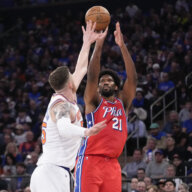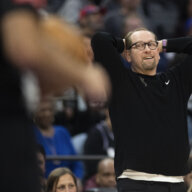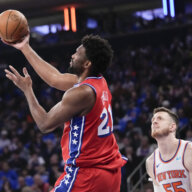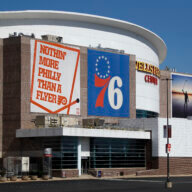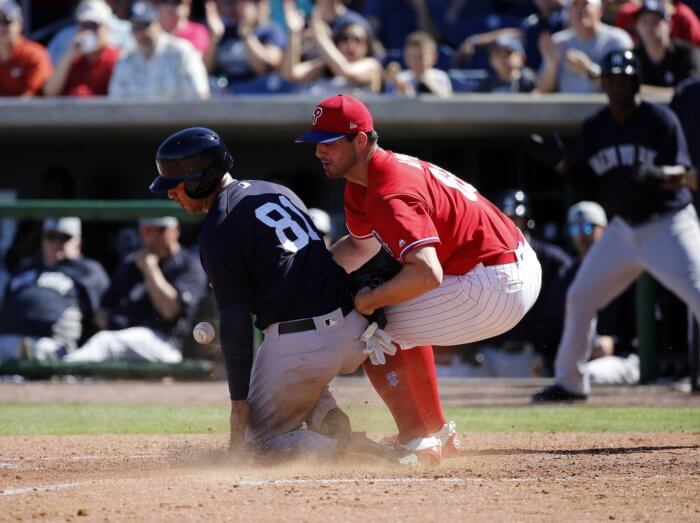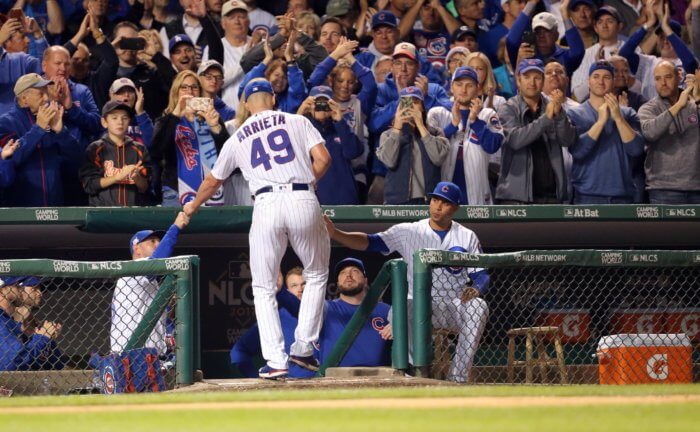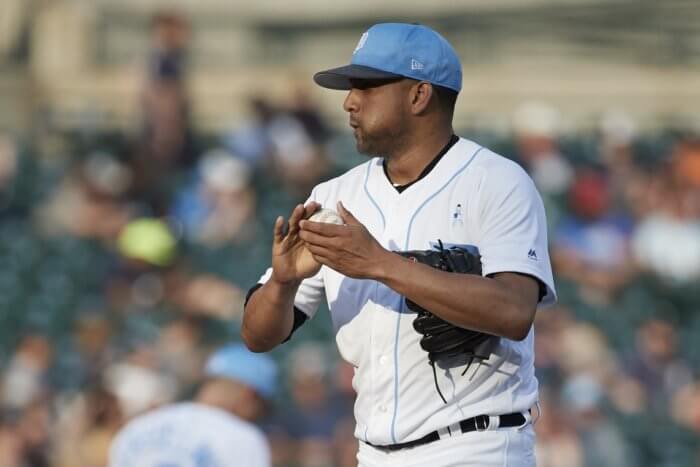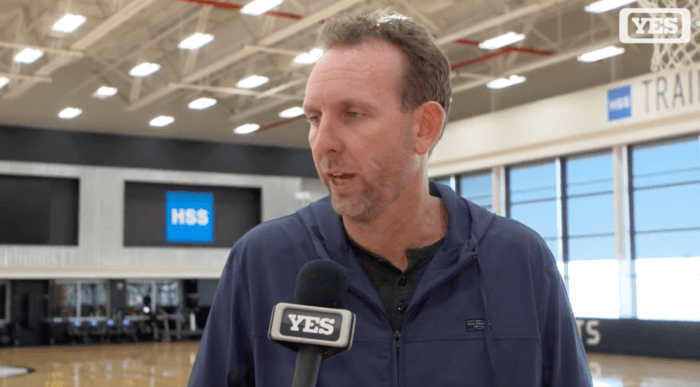If you’ve followed my chronicles over the past 10 months with Philly Sports Network, you’ll undoubtedly know that I am a fiend when it comes to certain statistical categories in baseball. I pound on base percentage and walks into your heads on a weekly basis, likely to the point of absurdity and annoyance, but they’re two stats that I believe propel less-than-stellar baseball teams to a handful of additional wins. An uptick in walks, and subsequently on base percentage, could be the difference between 162 and 163 or more games for fringe teams. The one additional game doesn’t seem like much, just ask the Pittsburgh Pirates in 2014 and 2015, but it’s the chance to play for something much greater that makes the difference.
But today, I’ll shy away from walks and on base percentages, working the count and making opposing pitchers throw more high intensity pitches, and focus solely on one stat that could provide the Phillies with additional wins in 2018: stolen bases.
The Phillies finished 25th in stolen bases in 2017, as the teams swiped just 59 bags in 162 games. In fact, the Phillies attempted more stolen bases than just four teams last year. To counteract the low number of attempts and ensuing stolen bases, a team is required to get on base frequently, something the Phillies also were relatively unsuccessful at in 2017, as the team posted just a .315 on base percentage, good for 24th in the league. But as I said, I’m not going to dive into on base percentage today for two reasons: I promised I wouldn’t, and I believe this team is set for an uptick in OBP in 2018, aiding my stolen base theory further.
Getting back to stolen bases, however, the team was extremely cautious to swipe a bag last season, and for good reason. The Phillies struckout over 1400 times last season, good for, or more correctly termed, pacing the league, as the seventh most struckout team. Only one team that struckout more than the Phillies in 2017 made the playoffs. So the fear of a “strike ’em out, throw ’em out” double play was always very real. But even for a team that didn’t put the ball in play all that often, 59 stolen bases is an extremely low number. It effectively is a stolen base every 25 offensive innings, or nearly three games for every stolen base.
With the addition of Carlos Santana and a full season of Rhys Hoskins, along with the departure of Freddy Galvis, who had historically low on base percentages every season, the Phillies on base percentage should go up, and the strikeout numbers should go down. Pair that with the likes of J.P. Crawford, Odubel Herrera and even Roman Quinn, should he make the big league club at some point, and you have a team of runners who could be primed for successful seasons on the base paths. While three players each stealing 20 bases isn’t outside the realm of possibility, it is more likely that the team will get 15 from each, needing only an additional 15 from the rest of the team to secure 60 or more stolen bases.
The wild card in all this stolen base hoopla, however, will be Gabe Kapler and his coaching staff. It was evident that Pete Mackanin and Juan Samuel were hesitant to send runners because of the low productivity. With a new manager, one who is a younger, possibly trendier, skipper, the Phillies could come out of the gates aggressively in an attempt to steal a few games in April and May.
This isn’t a fool-proof plan, and it isn’t going to make the Phillies overnight contenders. What it will do, though, is force opposing teams to put more emphasis on the base paths, giving Phillies’ hitters a small advantage. The formula is simple: Get on base, steal bases, mess with pitcher’s psyche, repeat. Let’s see how Gabe Kapler approaches it come April.
Mandatory Credit: Eric Hartline-USA TODAY Sports








